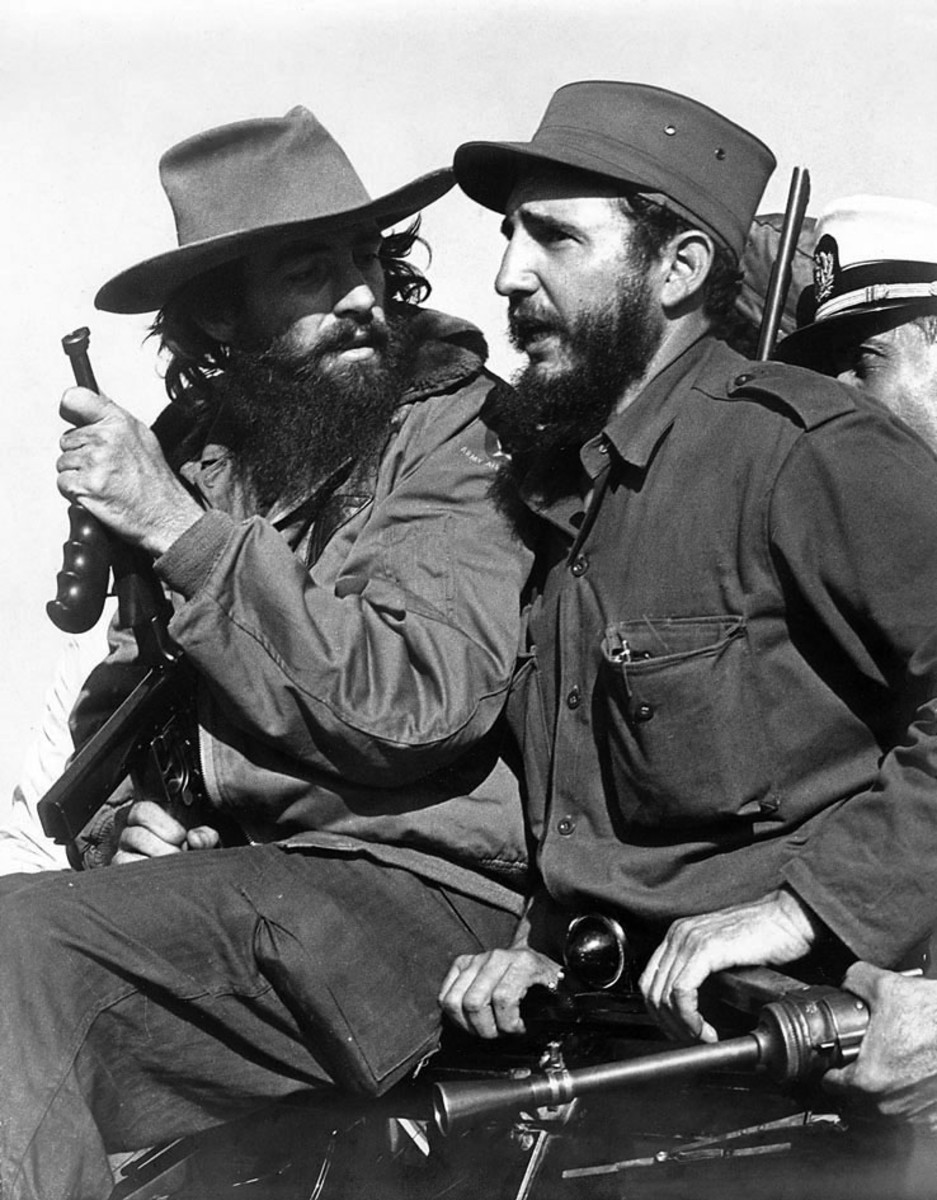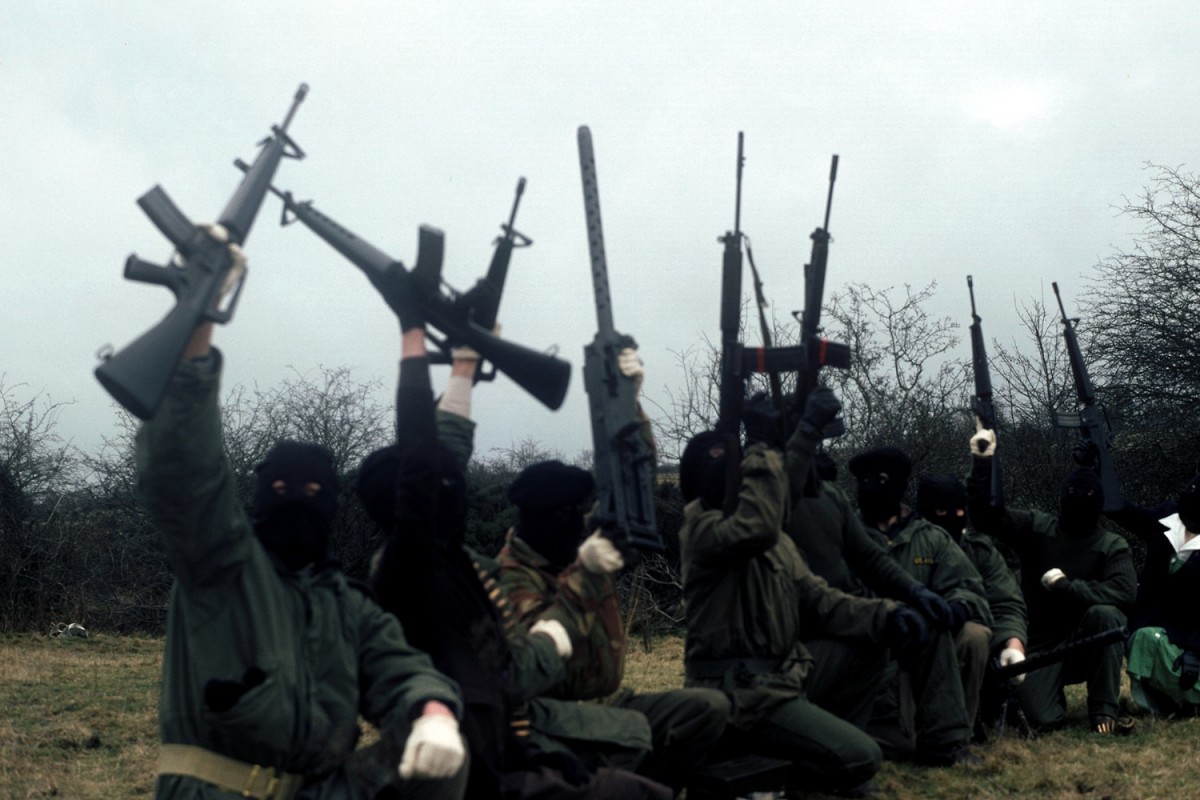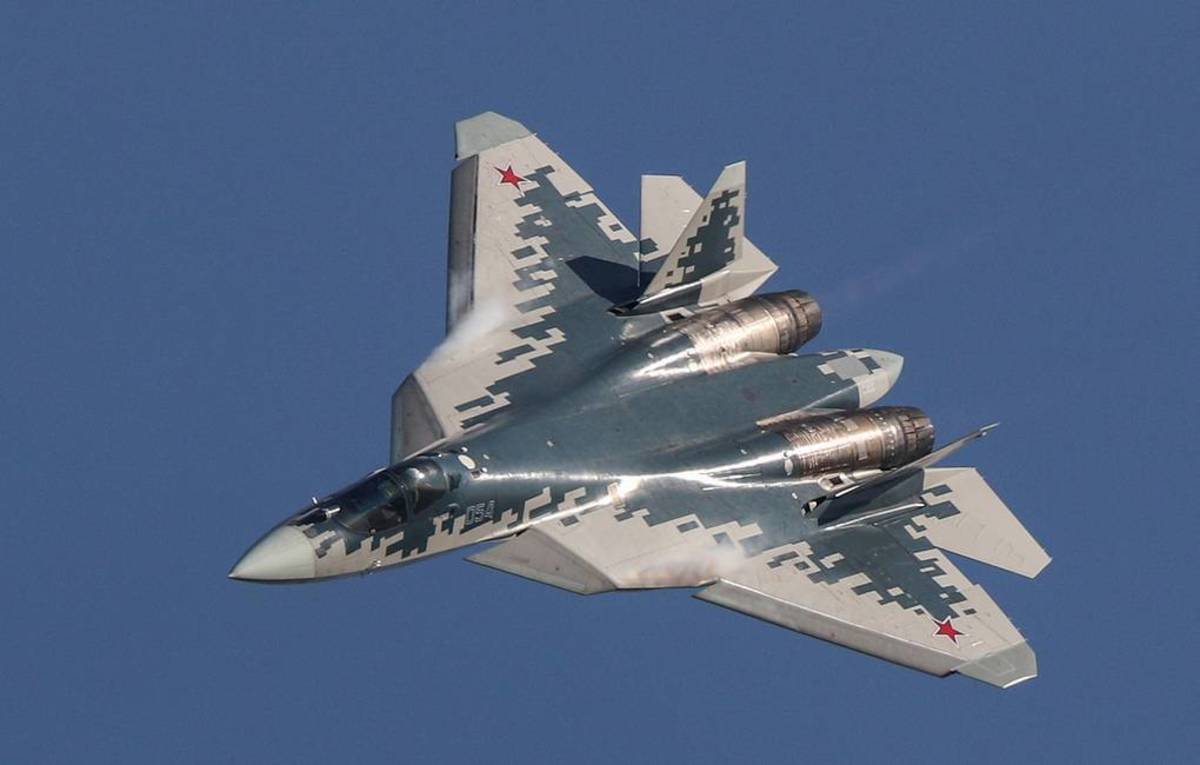The British Invasion of Iceland
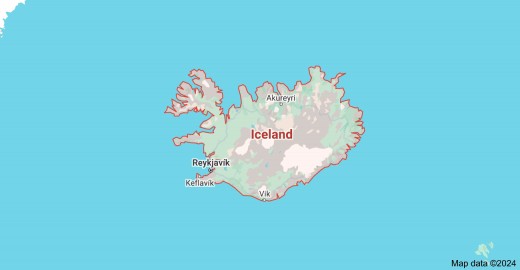
Before WWII
It began ust before World War II.
The Nazis were looking for bases in Europe and if any place in the world could be called "Aryan", it was Iceland.
Iceland was settled by Nordic people, Vikings. They were more Aryan than the Germans. Further, considering its geographical position, it would have strategic important. It could block the Western side of Great Britain, meaning that the United Kingdom would be isolated.
Hence, to get a base on Iceland was a given.
In the 1930s Iceland was a sovereign kingdom in personal union with Denmark. The Danish King, Christian X, was head of state. Denmark handled Iceland’s foreign policy.
Most of the world ignored Iceland. it was just there. Germany, was a power in football, and out of 'clear blue sky' suggested friendly competitions.
This was more than welcomed by the isolated Icelanders.
The Relationship
From football the relationship between Iceland and Germany moved into many cultural exchanges.
As World War II began, Denmark and Iceland declared neutrality and barred military ships and aircraft from their respective territory.
However, this policy was not enforced. In fact, the budget of the Icelandic Coast Guard was cut so that Iceland could not bar Nazi ships.
The friendly ties created on the pitch between Iceland and Germany had now extended into politics. The Nazis occupied Denmark on 9 April 1940.
The Icelandic Althing (Parliament) decided to assume the duties previously managed by the Danish King. Hence it would form its own foreign policy.
The British, perceiving the dangers, now attempted a relationship with Iceland.
It was too late.
Forced to defend and protect its western sea coast, the British military began lurking just off the coast of Iceland, sinking German ships.
When it was more than evident that Iceland was not on the side of the Allies, Britain invaded Iceland.
Invasion
On the 10th of May, 1940 746 Royal Marines landed on Iceland. This was followed by others until there were over 25,000 British troops.
Unable to defend itself, not wishing to be colonised by the British, on July 7 1941, Iceland invited the United States, (which was not officially in the war) to take on its Defense.
As America and Iceland were officially neutral, the stationing of American troops could not be seen as partisan.
At that moment in history, Iceland realised it had strategic importance in the North Atlantic. It was perfect for air and naval bases. This could bring the Island much needed revenue.
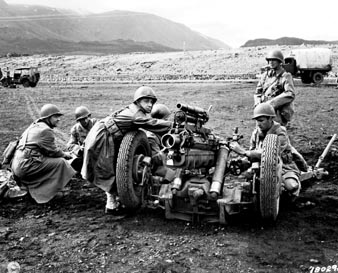
The American military began arriving in Iceland. Eventually, there were more American men then there was Icelandic. The entire population of Iceland was about 120,000 and there were over 40,000 American service men.
The deployment of the United States Marines to Iceland prompted them to add another verse to their Hymn:.
Again in 1941, we sailed a north’ard course
and found beneath the midnight sun,
the Viking and the Norse.
The Iceland girls were slim and fair,
and fair the Iceland scenes,
and the Army found in landing there,
the United States Marines.
As World War II got underway, the sea around Iceland was mined. This created problems for the local population as well as the Allies.
The Icelandic Explosive Ordinance Disposal unit was formed in 1942 by the British Royal Navy. The Brits also supplied weapons and ammunition to the Icelandic Coast Guard.
As those in Iceland depend on the sea for their livelihood many locals were killed. The Germans, now defining Iceland as part of the Allied effort, sank many ships, even obvious fishing vessels.
On the 17th of June, 1944 Iceland dissolved it’s union with Denmark and declared itself a Republic .Although occupied by the Allies, it still maintained its official stance of neutrality.
At the end of the war, the Americans left Iceland.
However, despite protests, Iceland joined NATO on 30 March 1949.
On May 5, 1951, a defense agreement was signed with the United States. American troops returned to Iceland and maintained a base until the 30th of September 2006.




